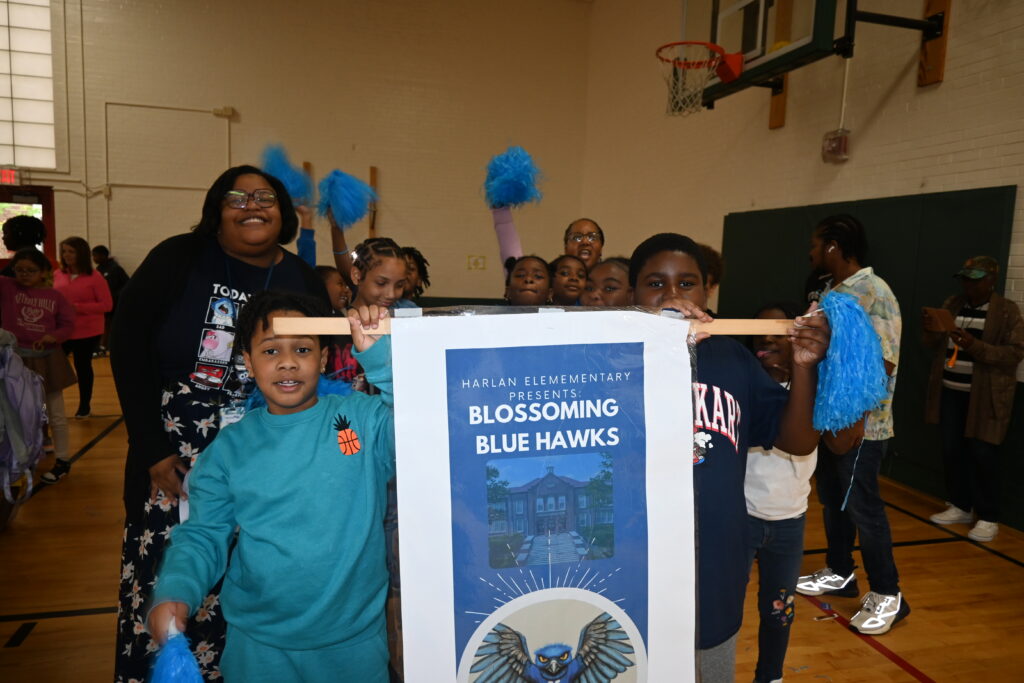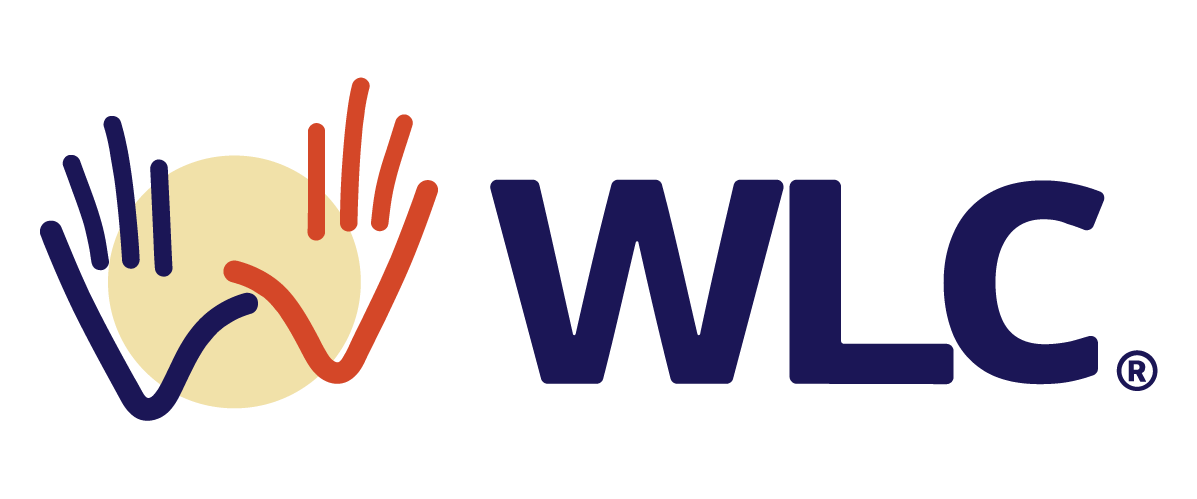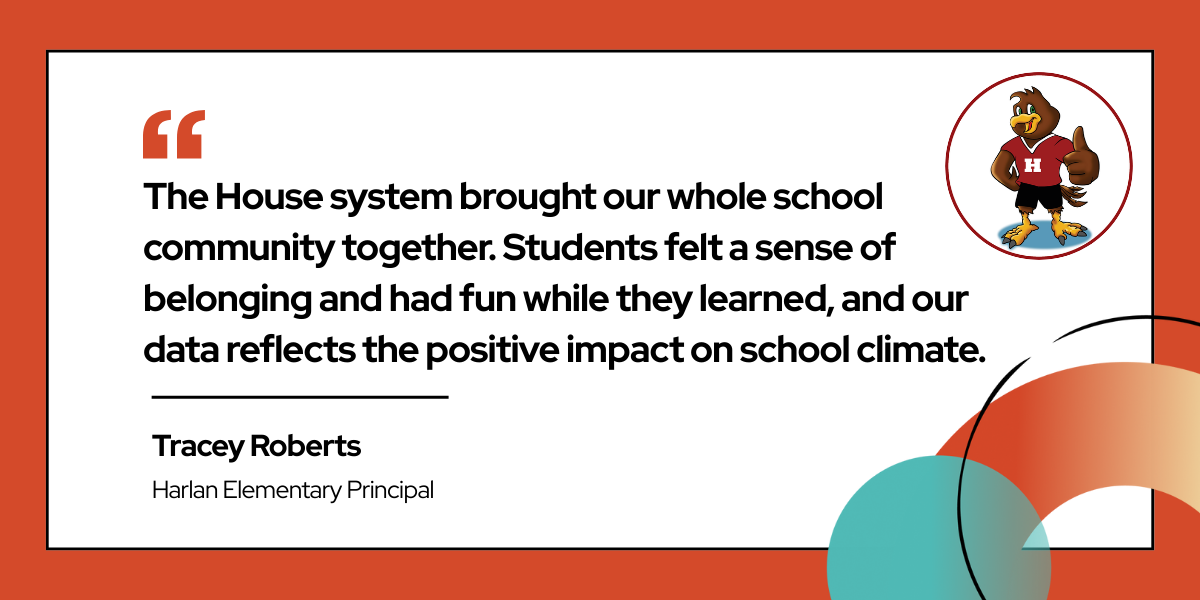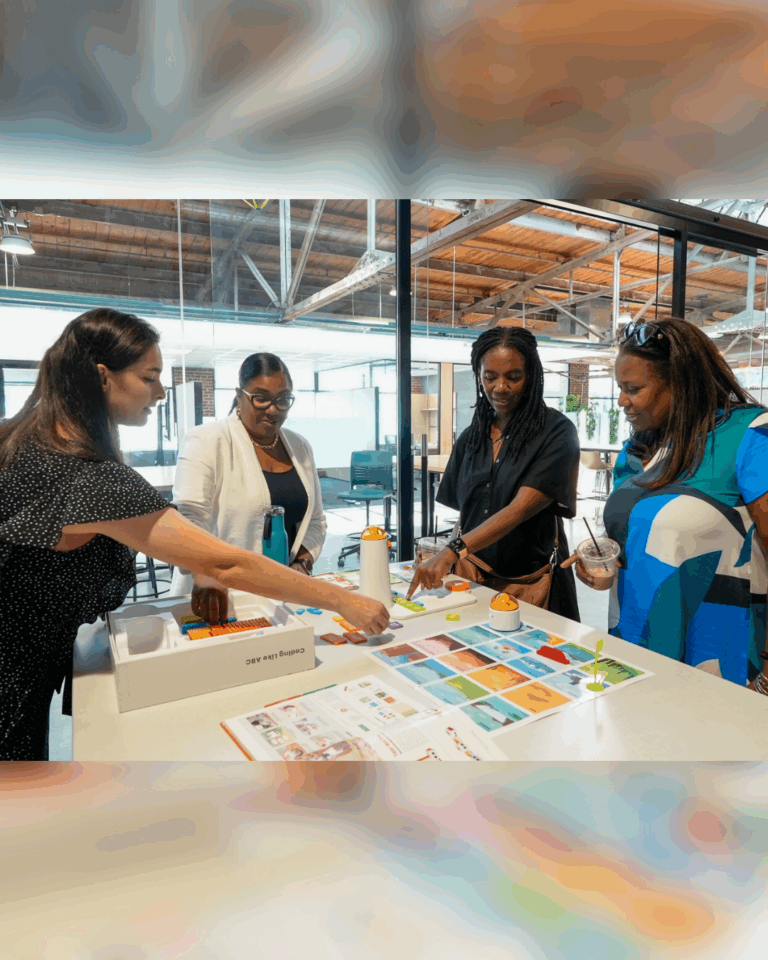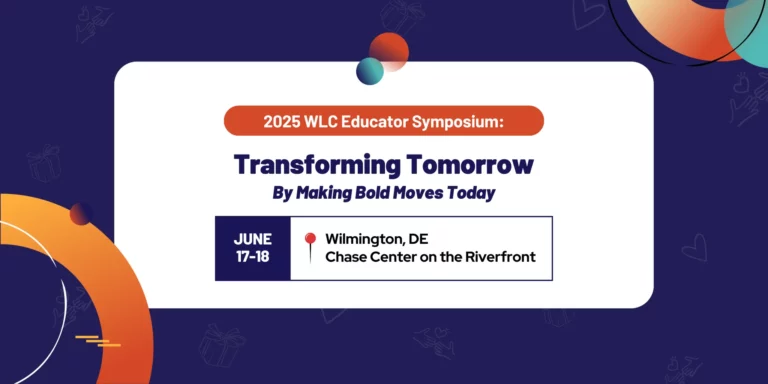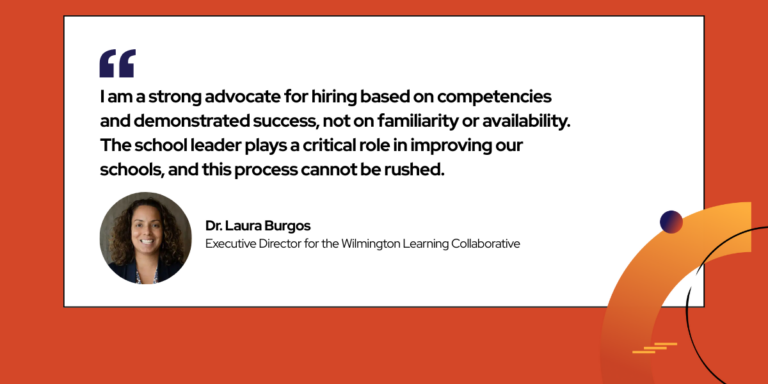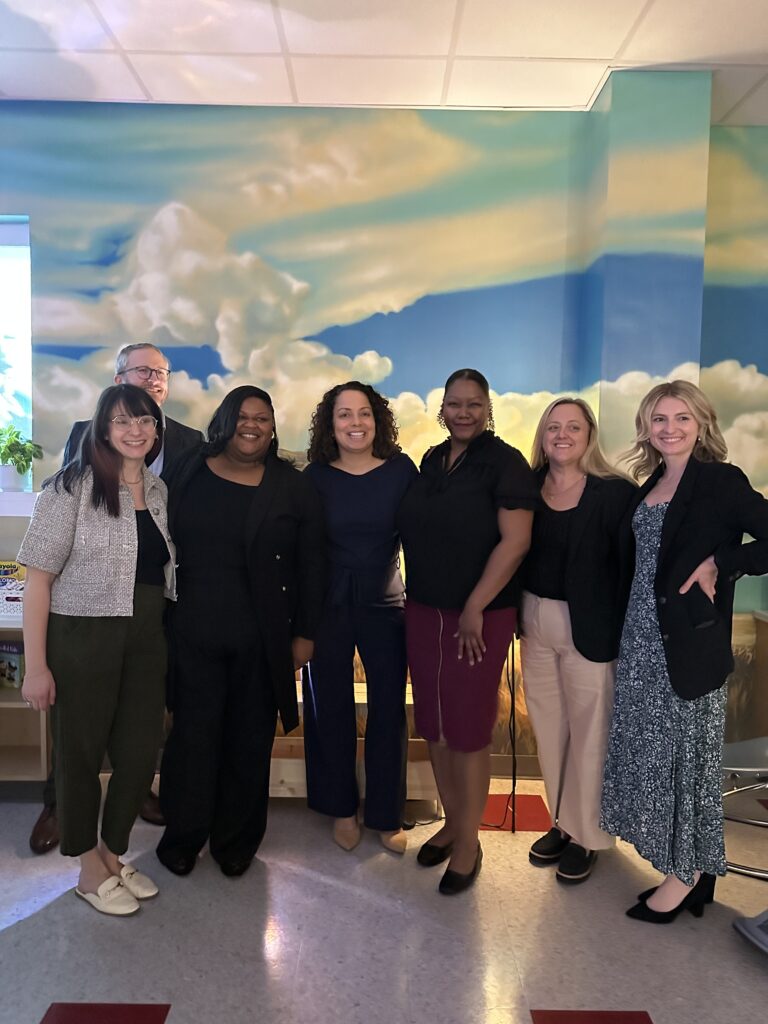How Harlan Elementary Built a Stronger School Community Through the House System
At the start of the 2023-2024 school year, the team at Harlan Elementary knew something needed to change. Principal Tracey Roberts recalls that student attendance was low and morale across the school was slipping. Many students also struggled to feel like they truly belonged. The theme of the year was “Do Something Different,” but as the months went by, the staff at Harlan realized they hadn’t yet made the bold moves that kind of transformation requires.
The breakthrough came when Harlan said yes to something new and took the first step toward reimagining its school culture.
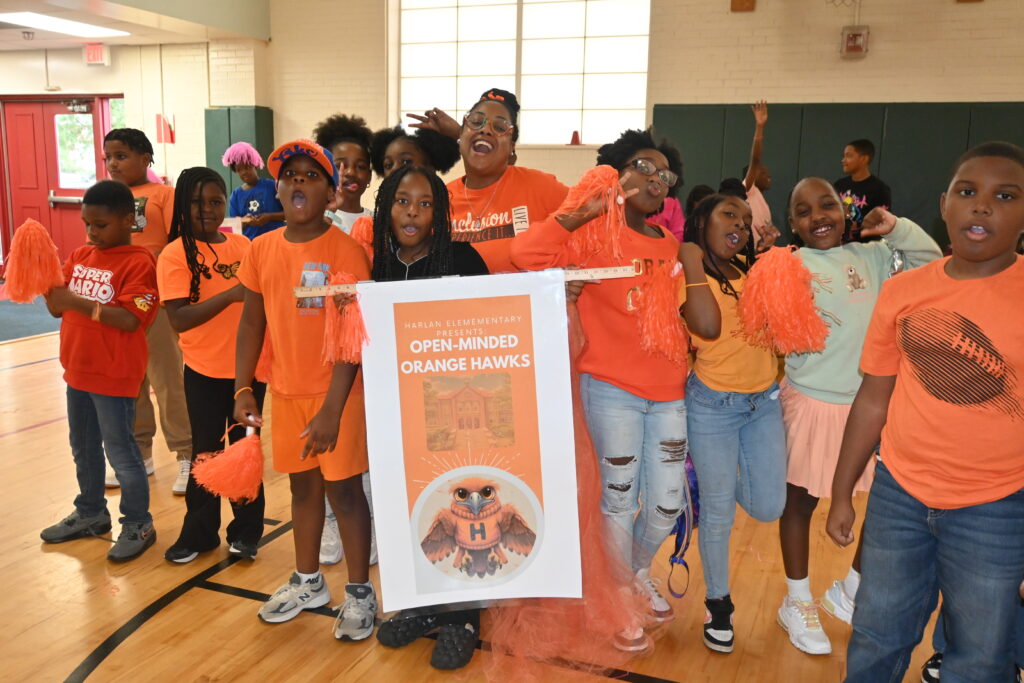
Discovering a Blueprint for Change
Through their partnership with the Wilmington Learning Collaborative (WLC), a team from Harlan traveled to Atlanta to visit the Ron Clark Academy (RCA), a school widely recognized for its vibrant, student-led culture.
Central to RCA’s model is the House System, a structure that brings students and staff together into cross-grade groups, each with its own name, color, and set of values. These houses meet regularly for community-building activities, spirit events, and celebrations. Students earn points for leadership, participation, and positive behavior, with friendly competition adding energy and excitement to daily life.
The House System is a dynamic, exciting, and proven way to create a positive climate and culture for students and staff. Students are celebrated for their efforts through a process that builds character, empowers academic excellence, fosters school spirit, enhances relationships, and promotes a culture of belonging for all.
Older students take on leadership roles, mentoring younger peers and helping to shape a shared culture of responsibility and encouragement. Families and community members are welcomed in as partners, invited to participate and celebrate alongside their children. Over time, the House System becomes part of the school’s identity, woven into academics, behavior, and relationships.
For the Harlan team, it was a glimpse of what a deeply connected school community could look like. They returned with a renewed sense of purpose and a vision they were ready to bring to life.
Director of Educator Pathways for the WLC, Carly Highsmith, says she was excited to see Roberts and her team take the idea and run with it.
“I was thrilled to hear Principal Roberts was moving forward with the House system,” Highsmith said. “We left Atlanta inspired, yet curious about how to recreate that RCA magic in our schools.”
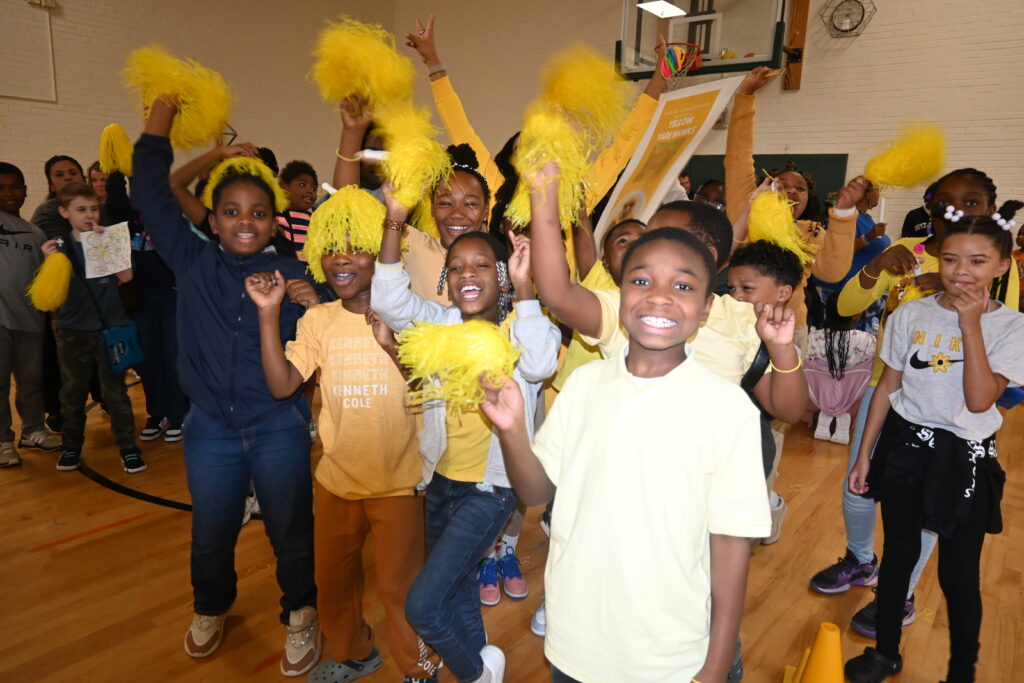
Adapting the Model at Harlan
Back in Wilmington, Roberts and her MTSS Tier 1 Team got to work launching the House System at Harlan for the 2024-2025 school year. According to Harlan educator and House Coordinator, Emma Cooper, the vision was simple yet powerful: build a stronger community.
Drawing on what they had seen during their visits, they designed a model that would reflect their own school’s values and culture. Every student and staff member was placed into houses with names like Open-minded Orange, Blossoming Blue, Grounded Green, Positive Pink, and Yare Yellow. These houses became a new kind of school family, bringing students together across grade levels and creating opportunities for connection that hadn’t existed before.
Monthly house meetings gave each group time to build relationships and take part in special activities. Events ranged from small rewards like “store cashouts” and student luncheons to bigger moments like magic shows and the chance to serve as Principal for a Day.
Even the lunchroom became part of the transformation. Instead of sitting by grade, students occasionally sat with their houses. Older students naturally began helping younger ones, stepping into leadership roles and setting the tone for their peers.
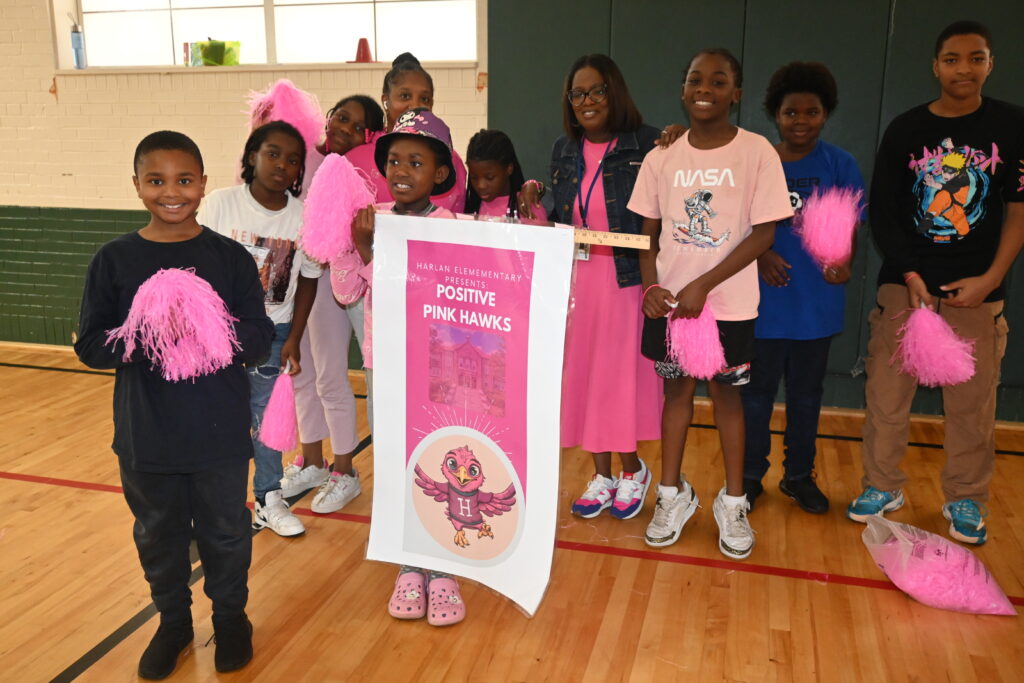
Measurable Change, Meaningful Growth
The school community began to feel the impact of the House System almost immediately, through stronger relationships, a renewed sense of joy, and a shared commitment to showing up for one another.
Highsmith says the shift was apparent early on at the school’s first House event.
“Attending the House kick-off pep rally at Harlan, I saw the students and staff buzzing with energy—I knew they were onto something special,” she says. “By year’s end, watching parents join the House party to dance and celebrate their children’s success filled me with hope and confirmed my belief that, when done well, the House model can transform school culture.”
Absenteeism, once a major challenge, saw a dramatic turnaround at Harlan. On-track attendance climbed from 77% to 81%, with daily average attendance rates frequently exceeding 90%. Houses celebrated those wins with messages from families and spirited community shout-outs.
Discipline referrals also dropped significantly, falling from 713 the previous year to just 382. Teachers saw students becoming more invested, not just in their academics but in one another. Morale improved, and pride in the house system ran deep. Students supported each other, cheered each other on, and looked forward to being at school.
“The House System showed students that we cared about their presence, their voice, and what mattered to them,” Cooper explains. “They responded by wanting to come to school, meeting behavior expectations, and engaging in what we were building together. Teachers responded as well, stepping in to help where their gifts could shine.”
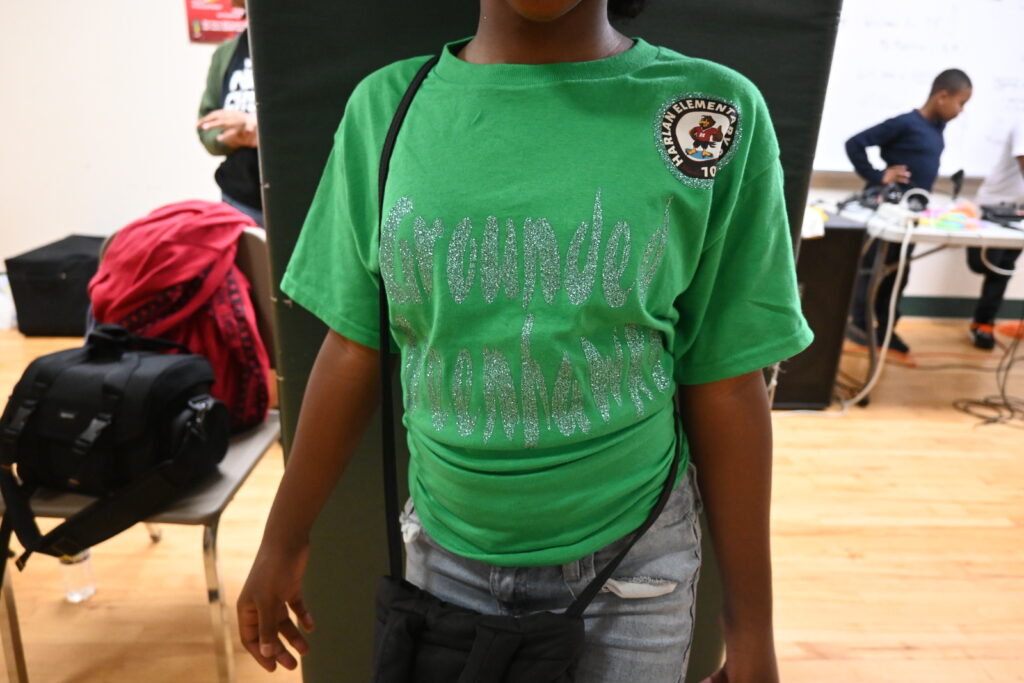
A School Transformed—and Still Growing
Harlan set out to do something different, but what they achieved was something transformational, and looking ahead, the team is excited to go even further. Their success has also inspired the WLC, with the organization planning to implement the House System at five more schools in the near future.
“Last year became our blueprint,” Cooper says. “And this year, we are committed to raising the bar even higher.”
Based on the success of the pilot year, Harlan’s team is exploring even more ways to build tighter-knit communities by creating family houses, strengthening communication, and opening more doors for parent involvement.
As Roberts puts it, “The House system brought our whole school community together. Students felt a sense of belonging and had fun while they learned, and our data reflects the positive impact on school climate. We truly lived up to last year’s theme, ‘Let’s Work–Together!’ and this year, with ‘Soaring Higher; Moving Upward,’ we can’t wait to see how the second year of implementation grows and gets even better.”
